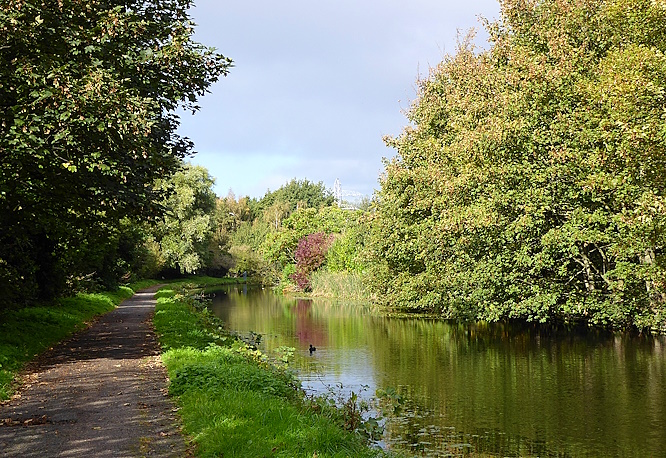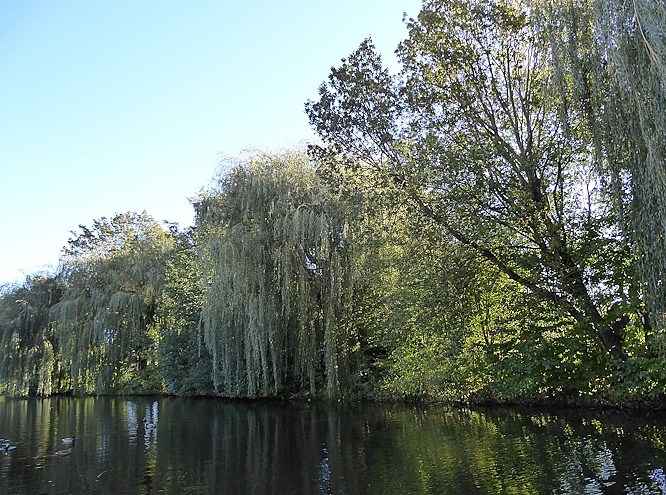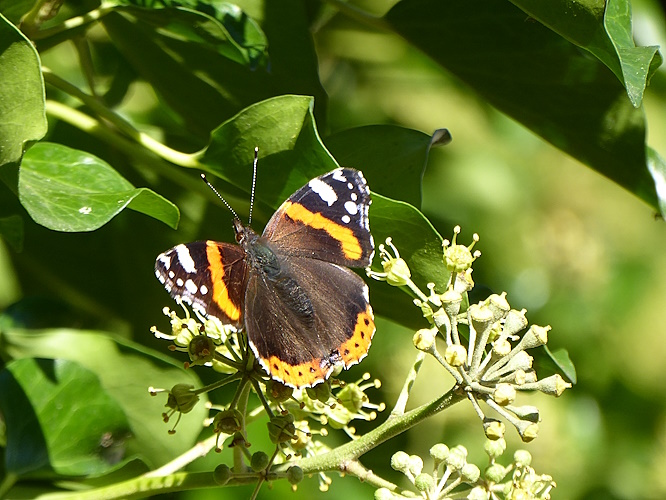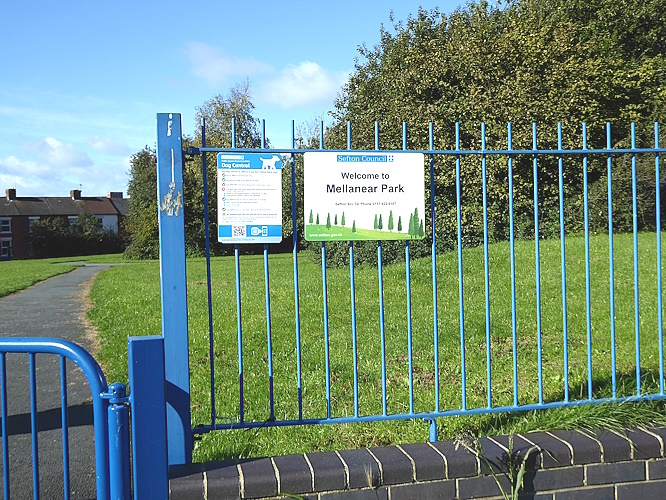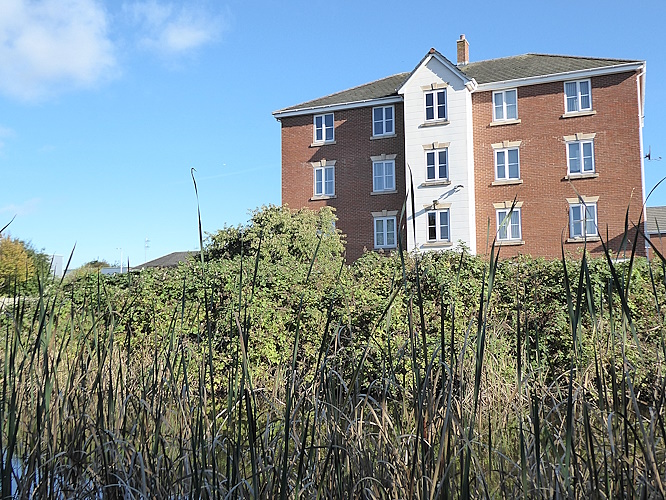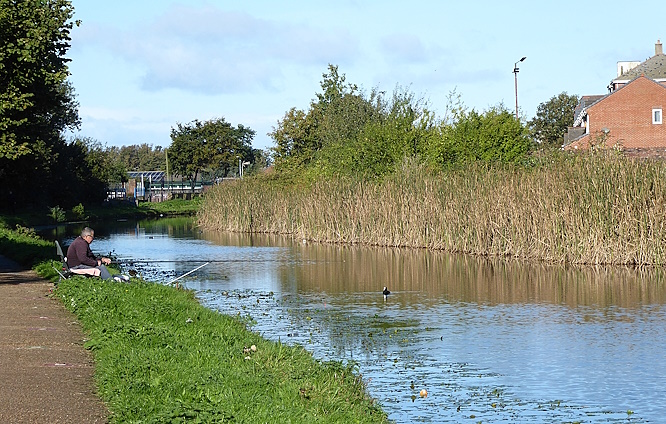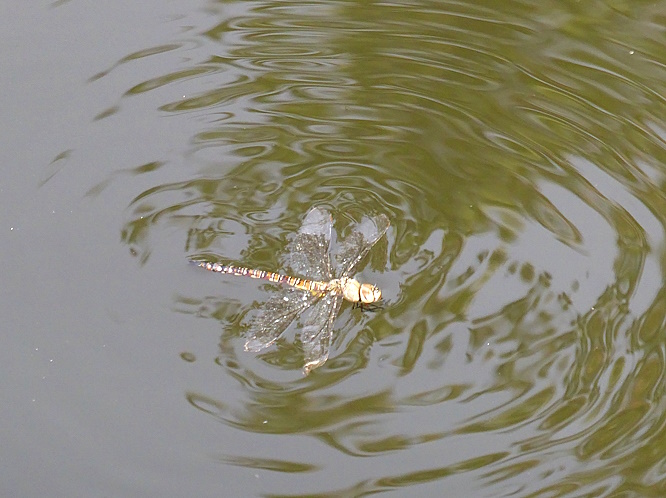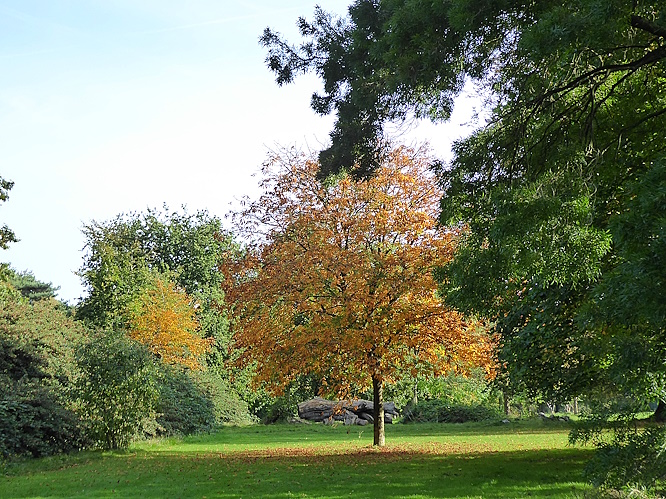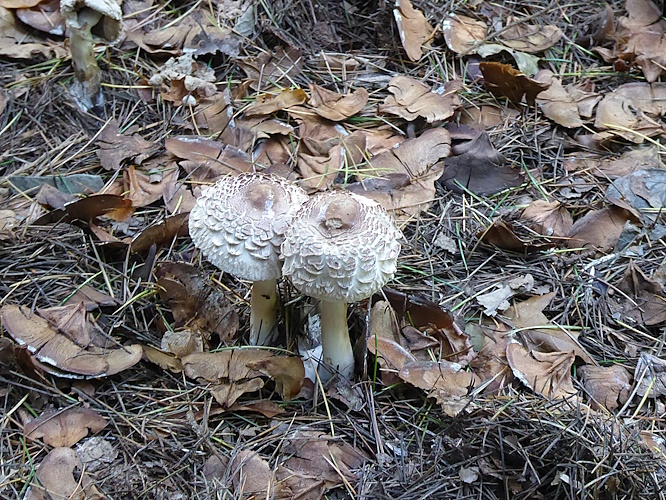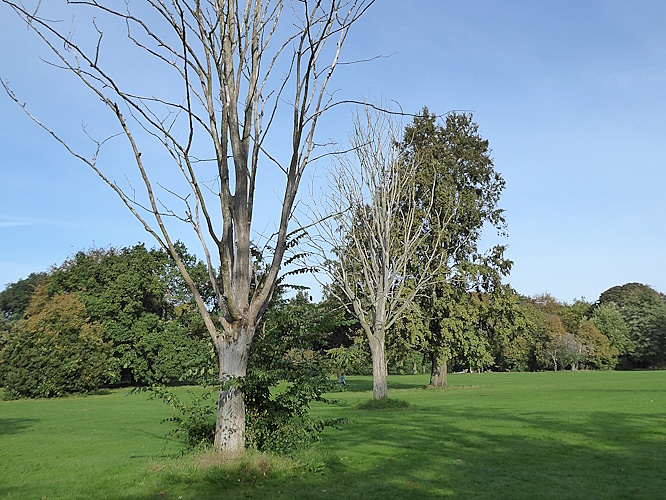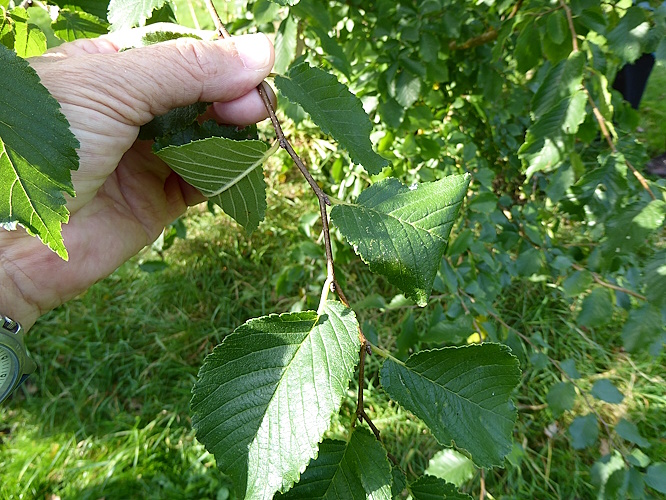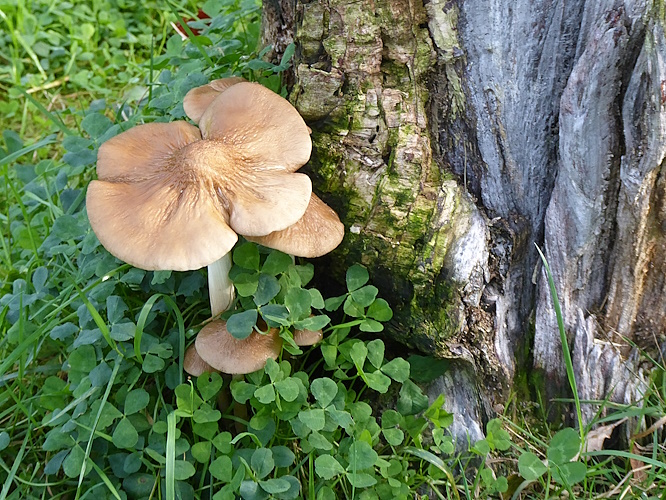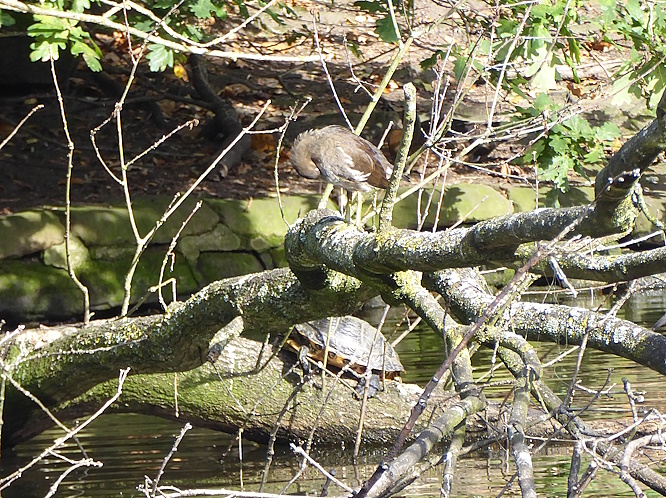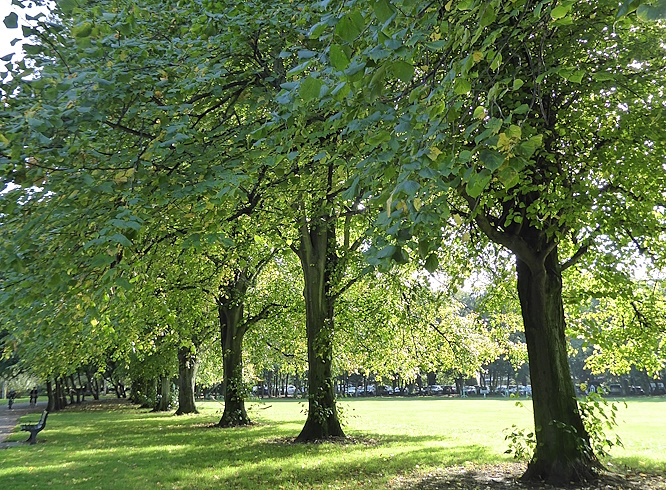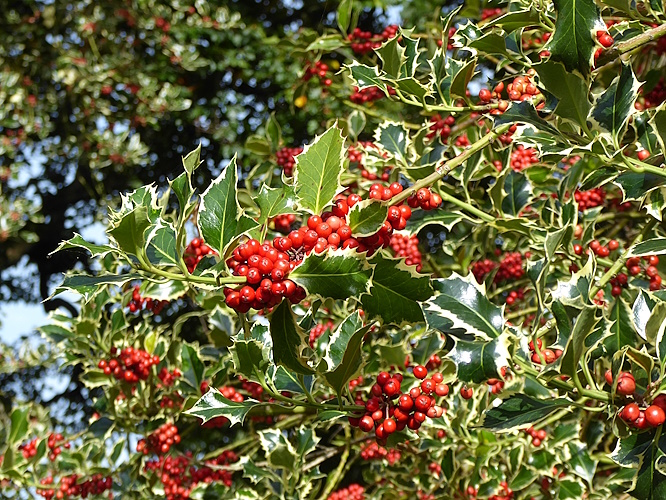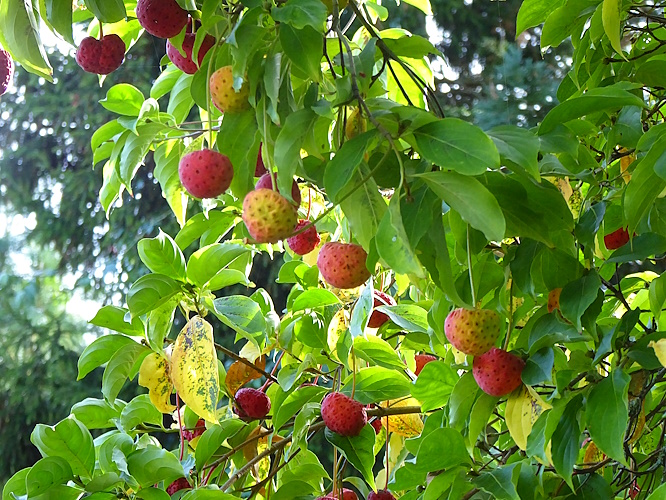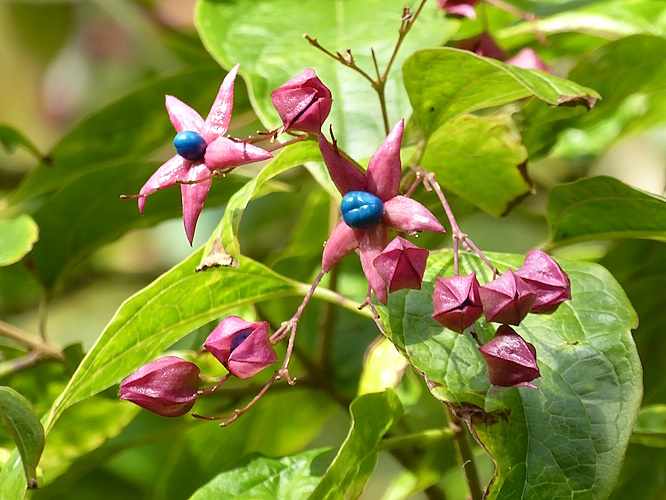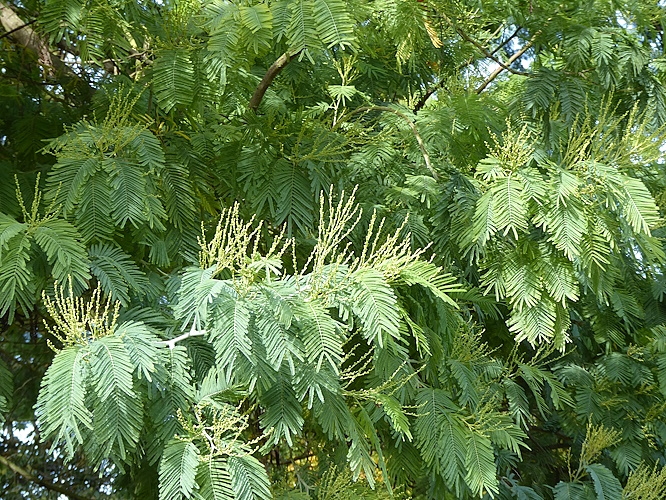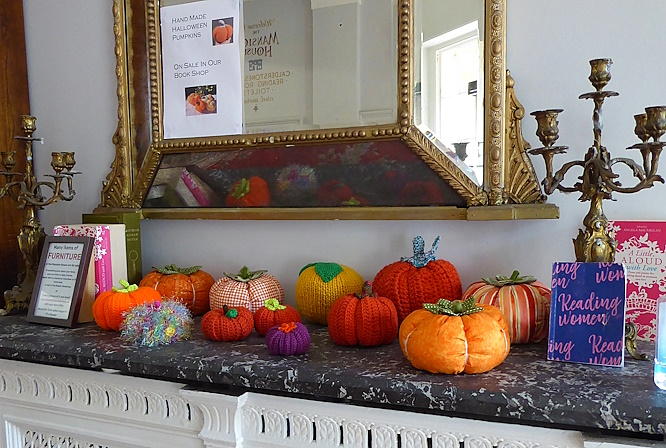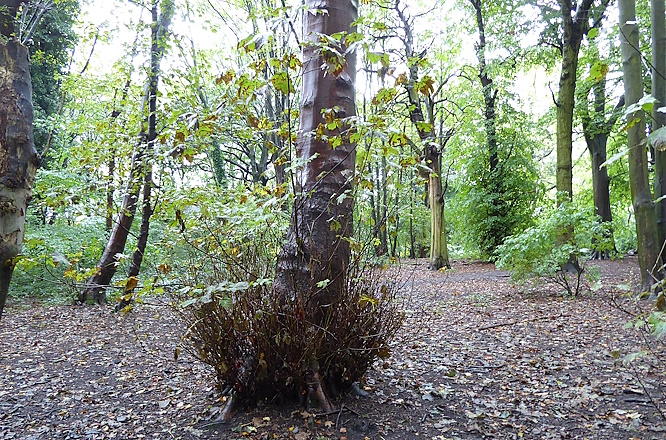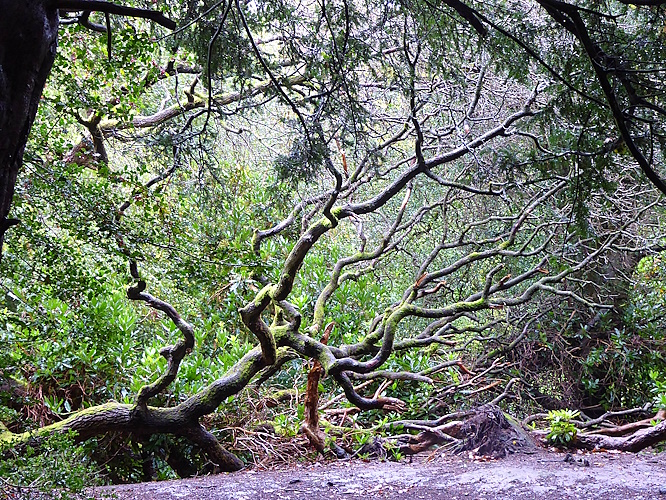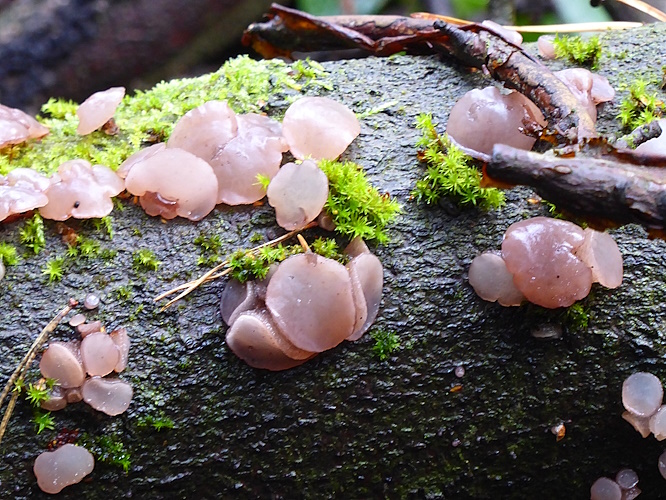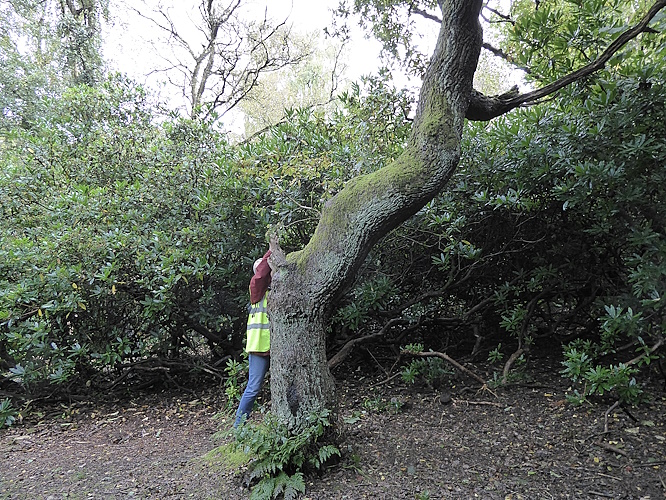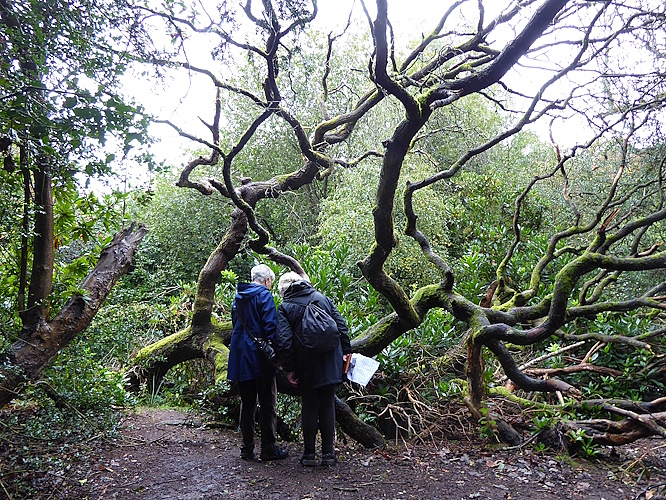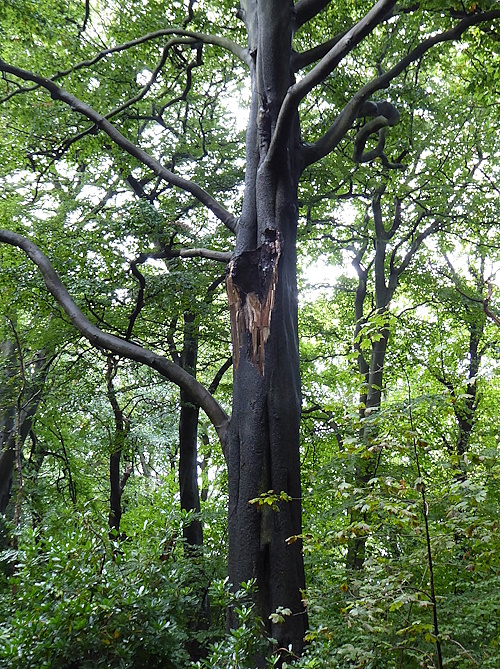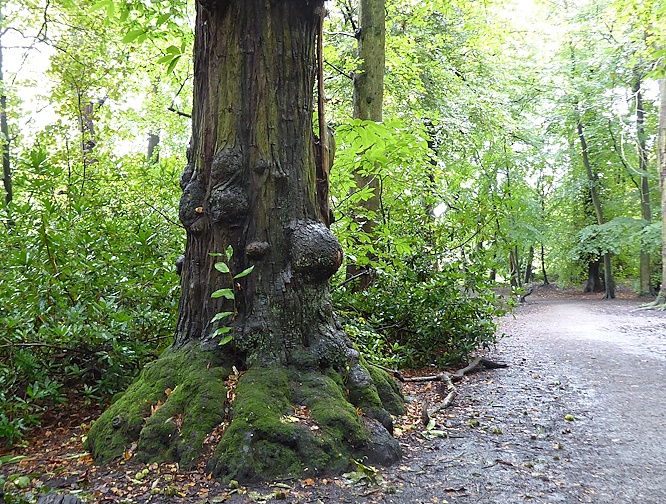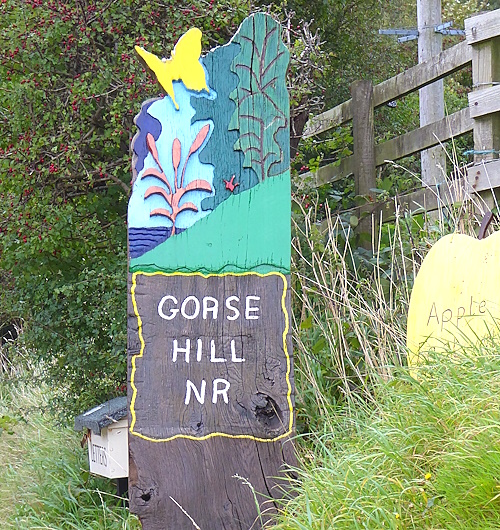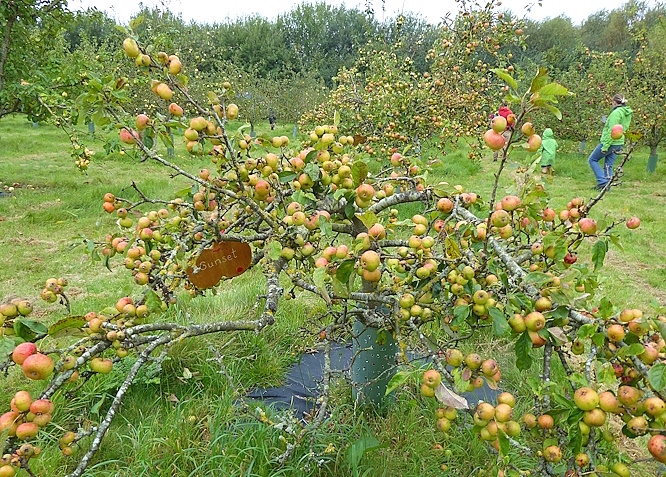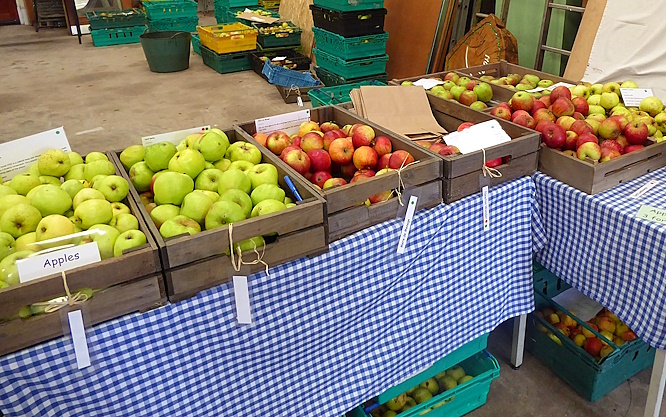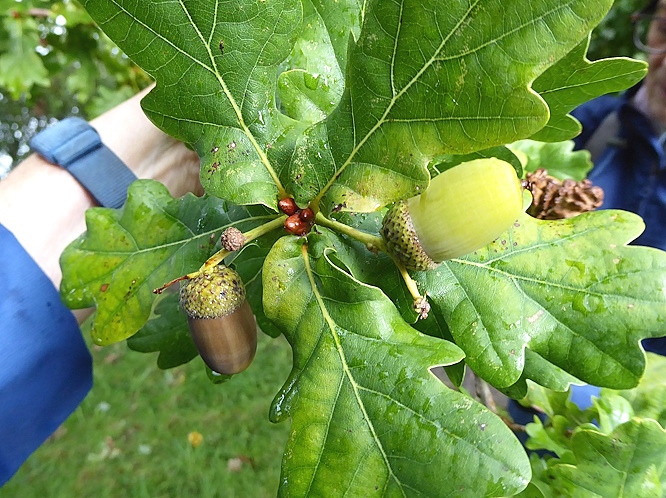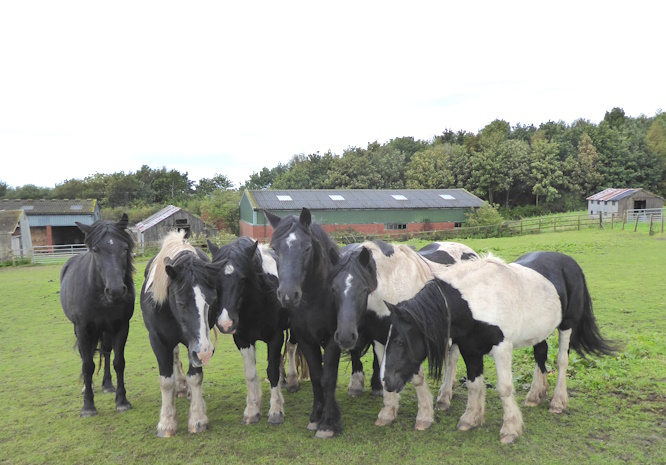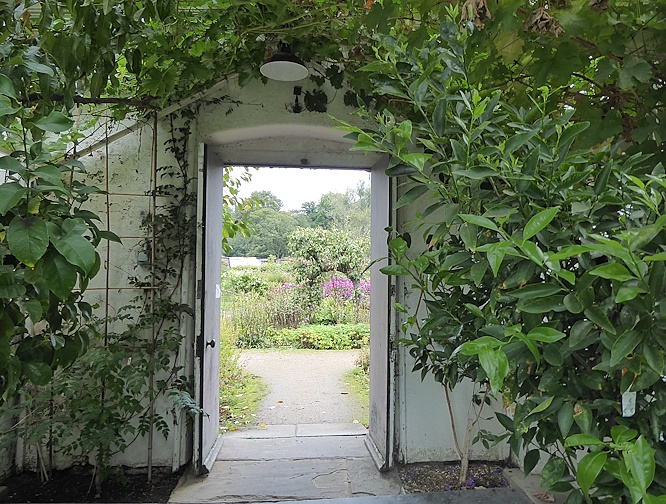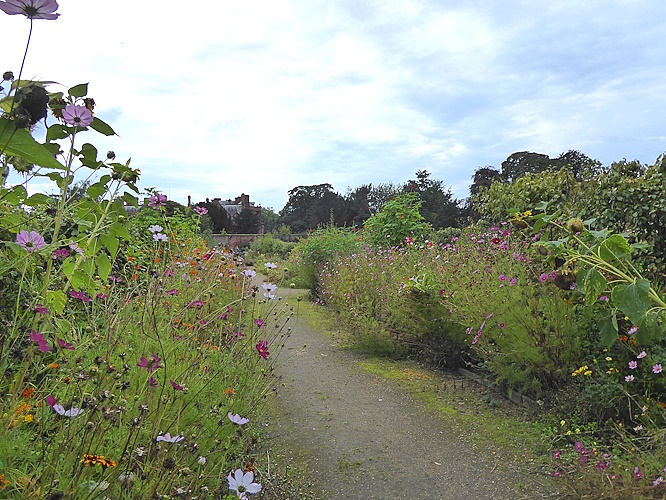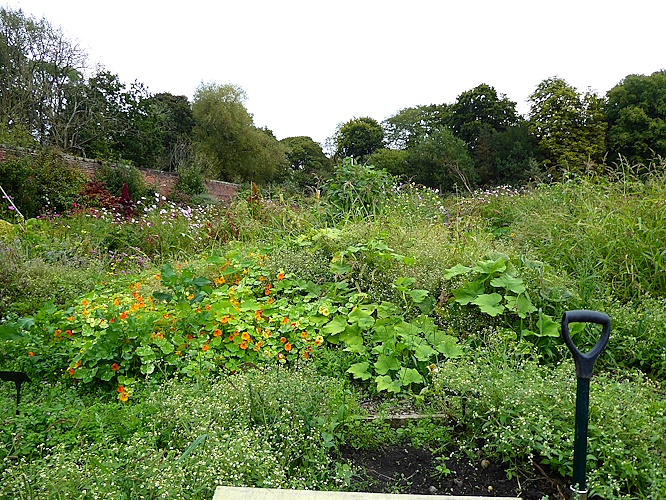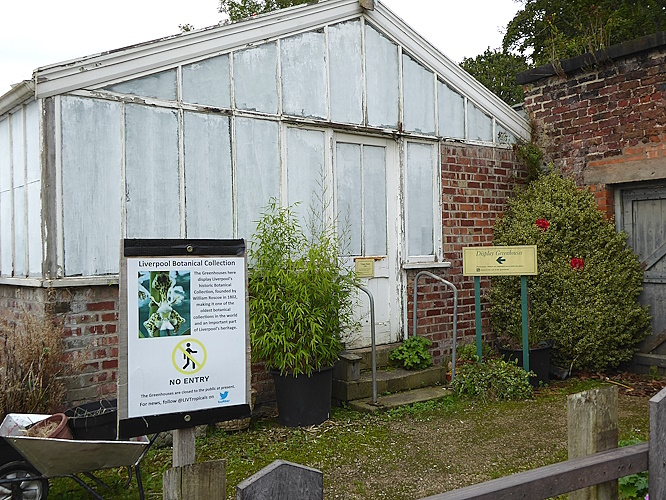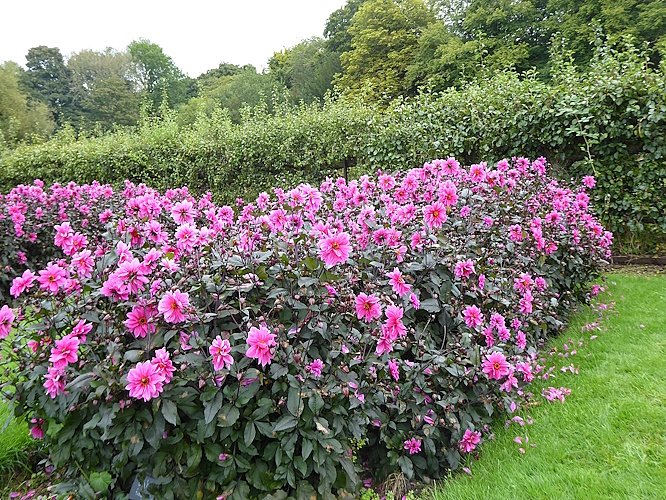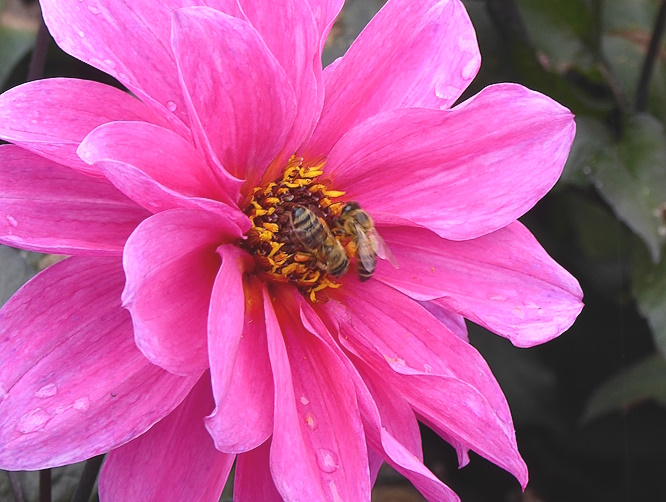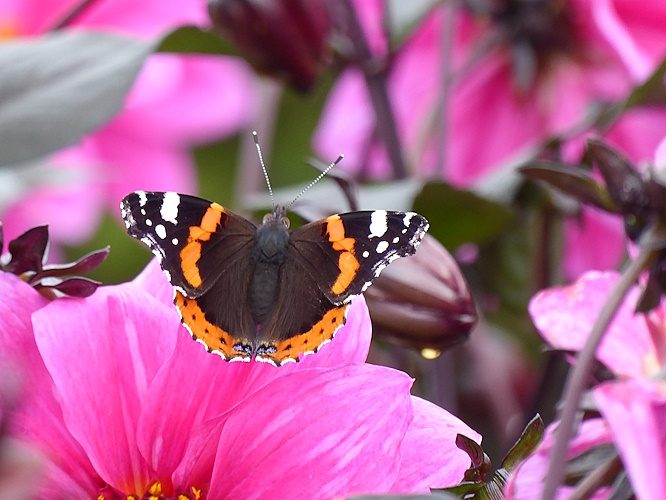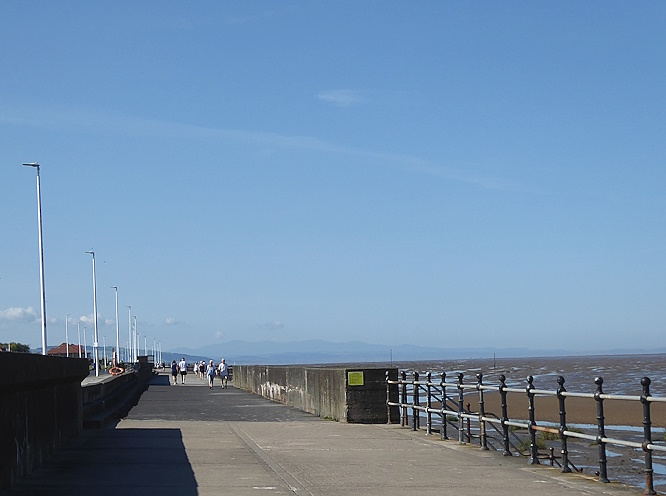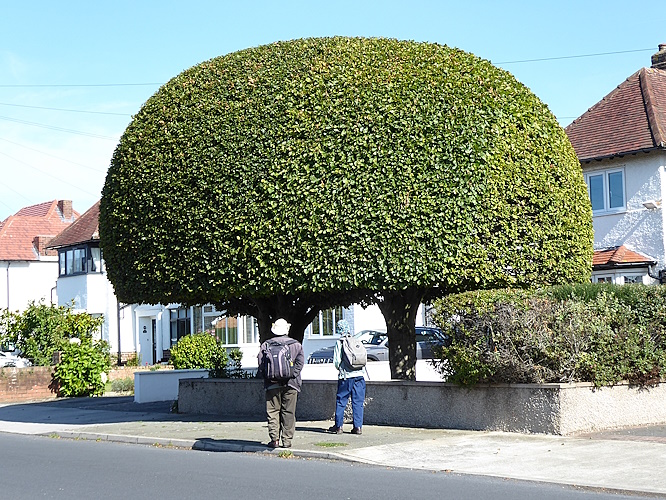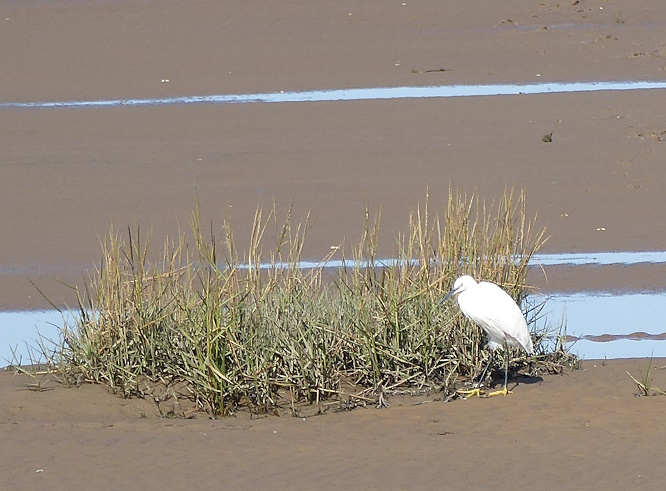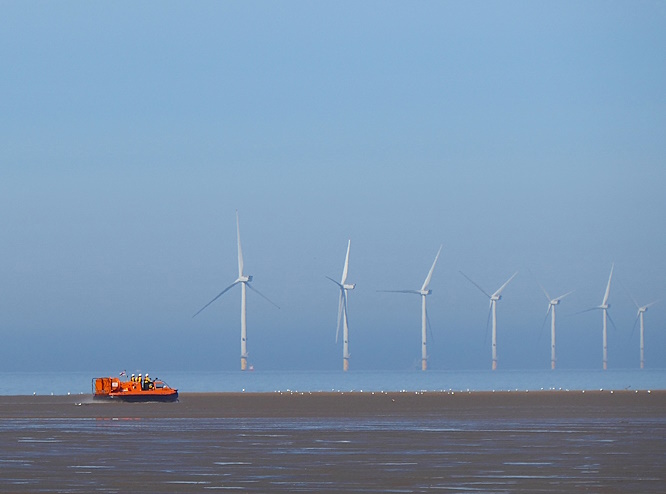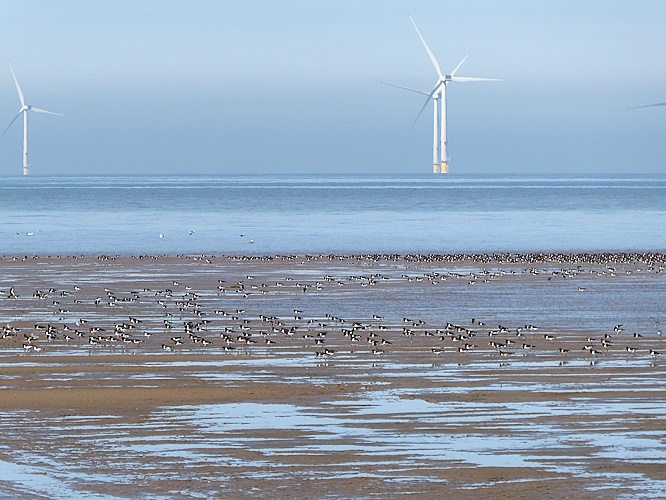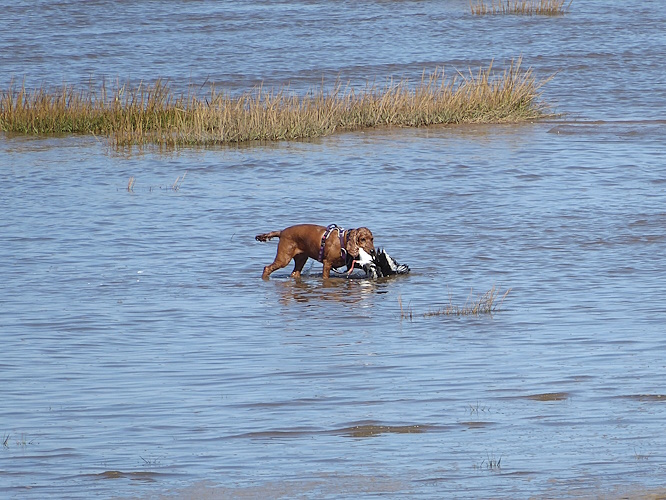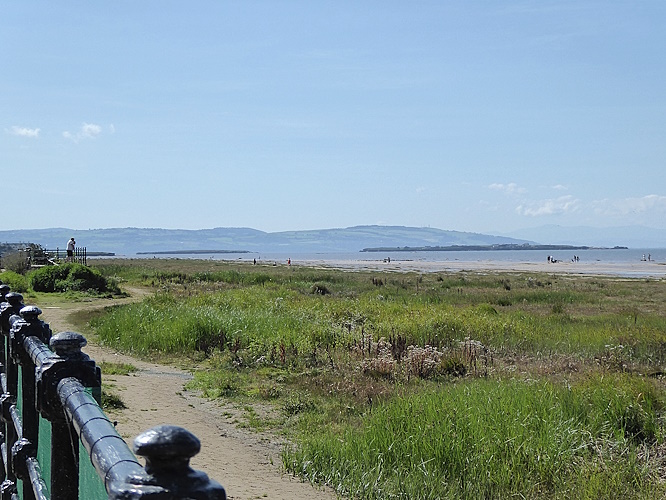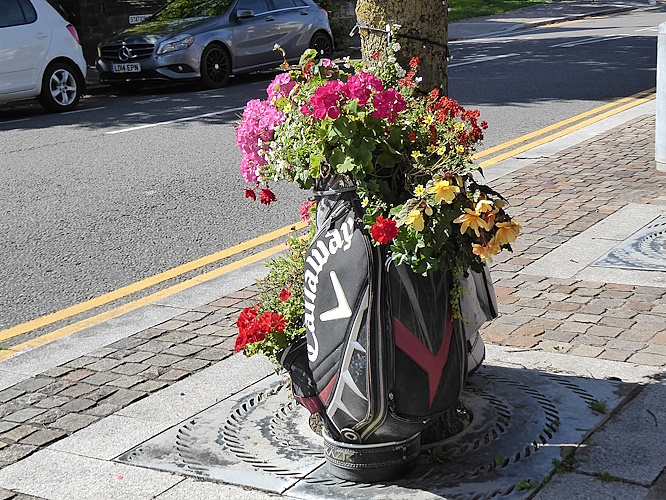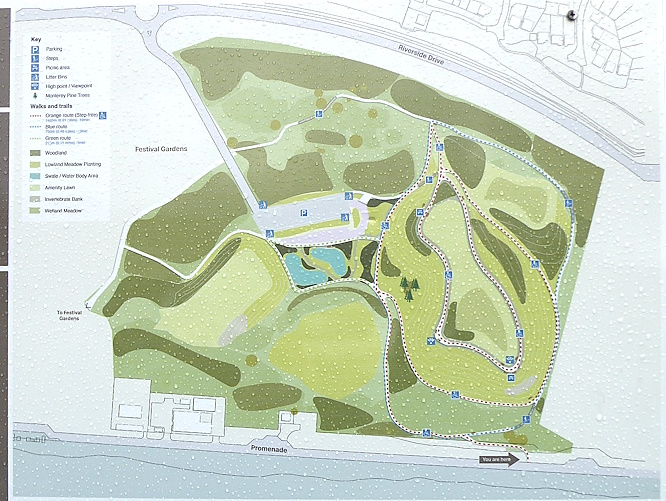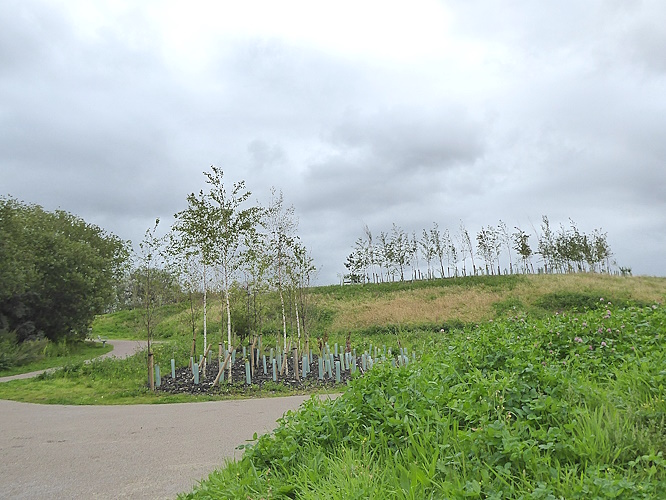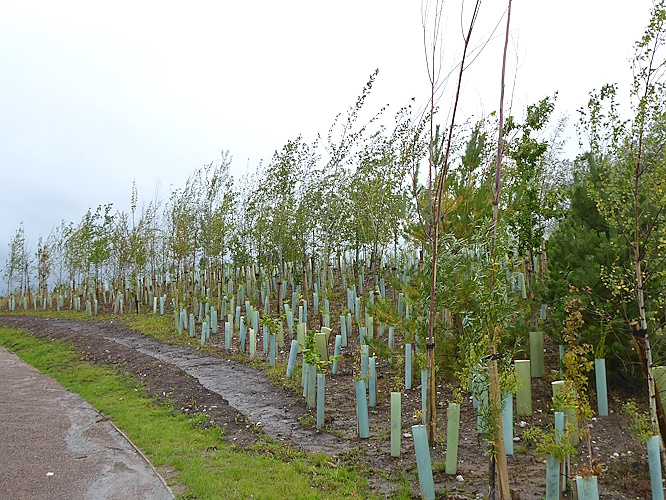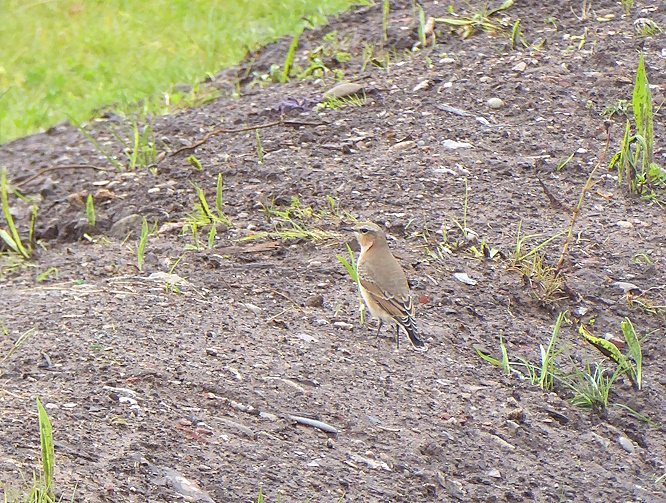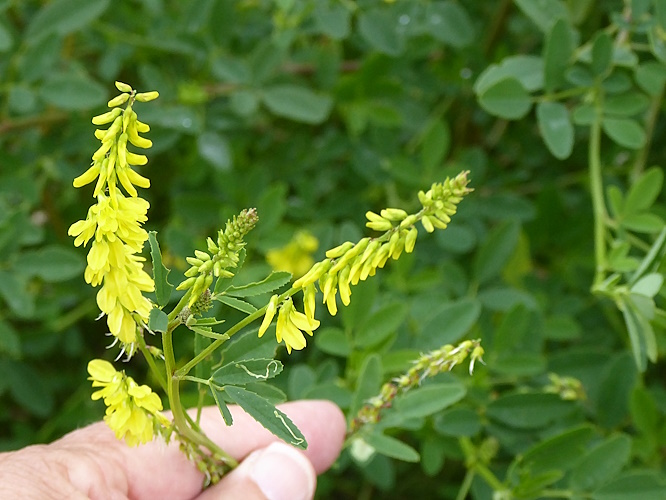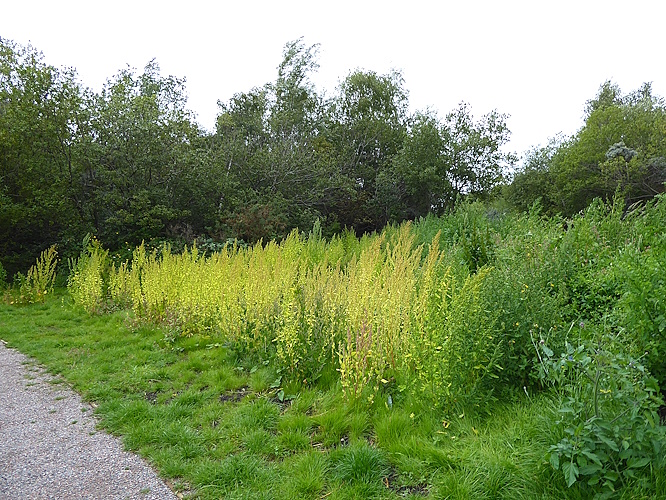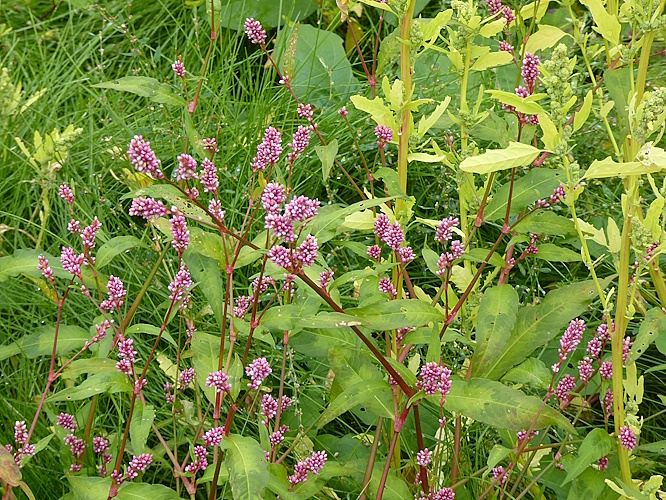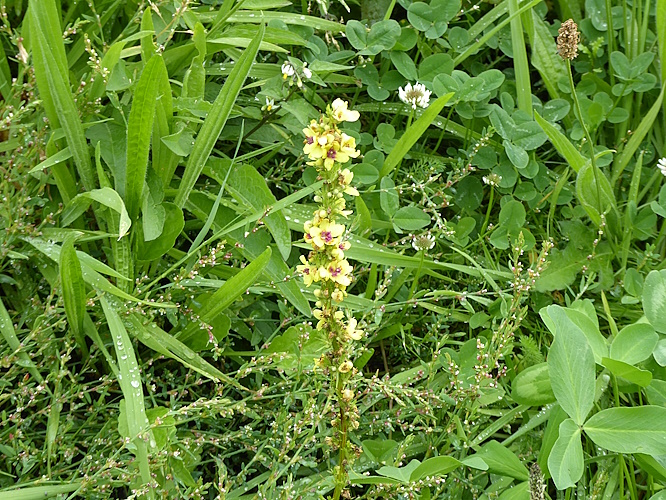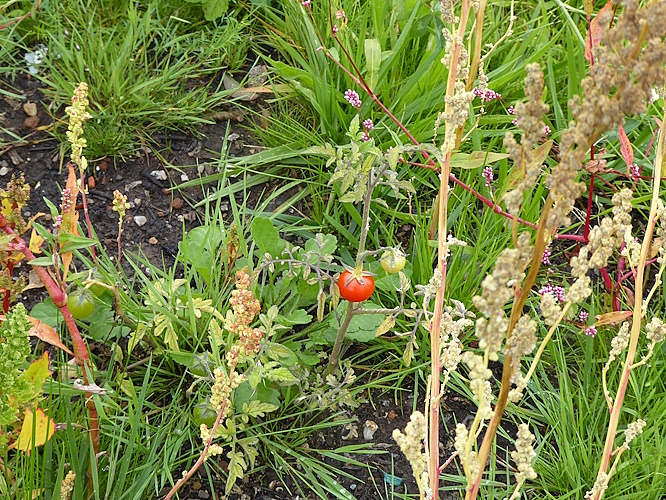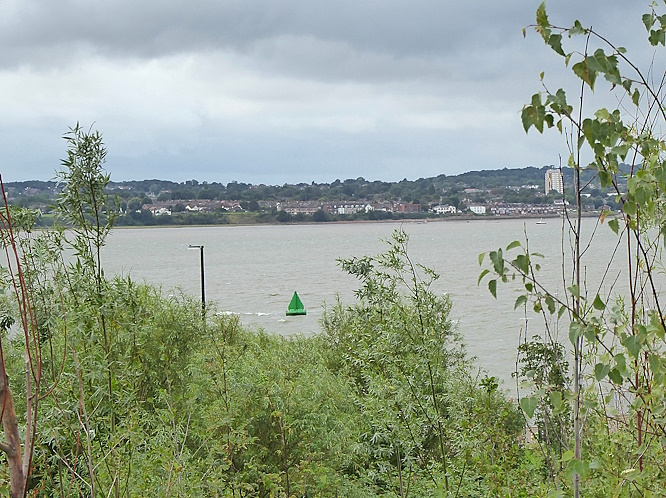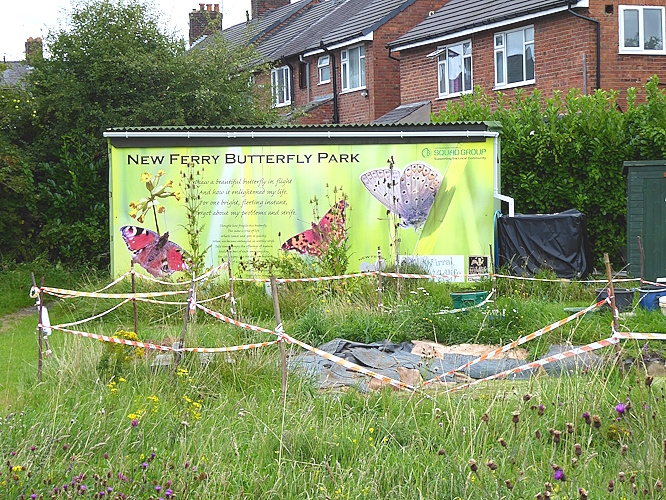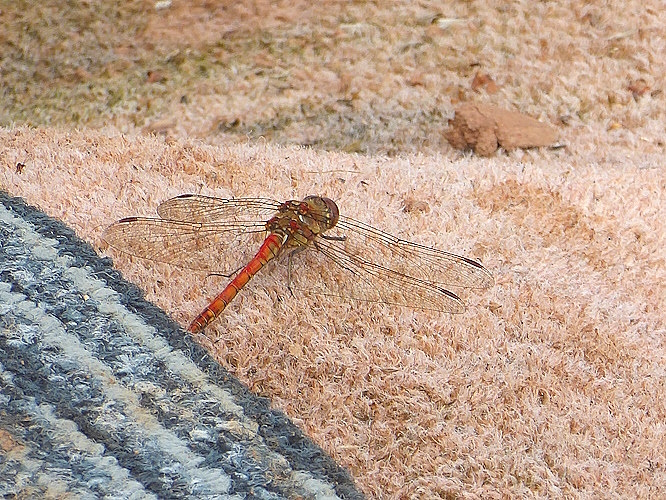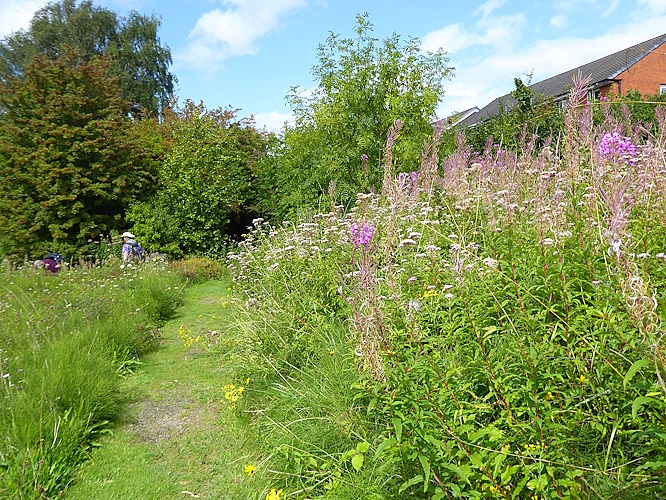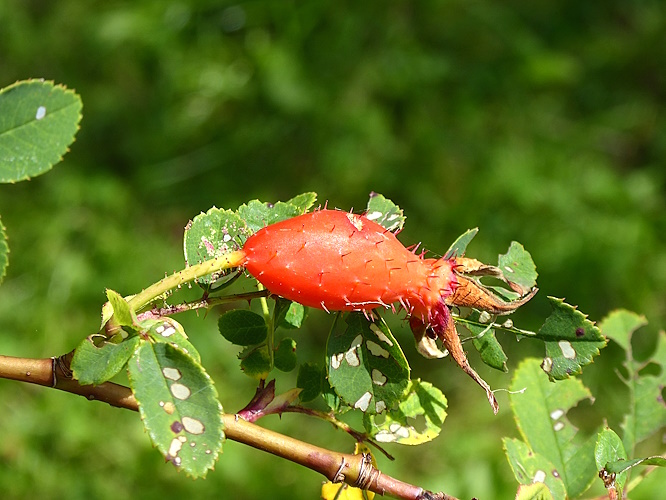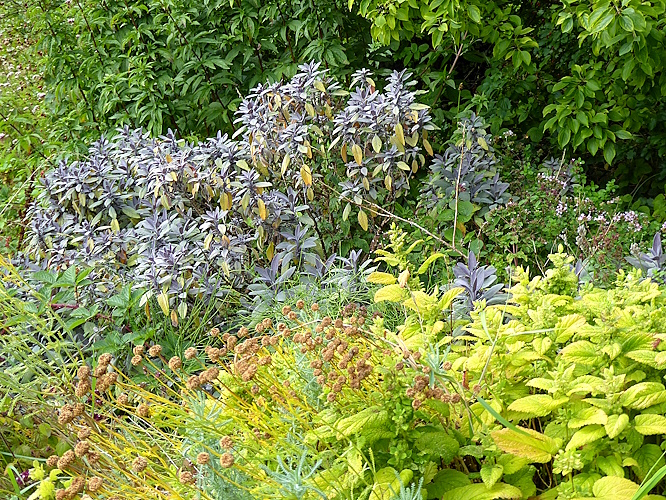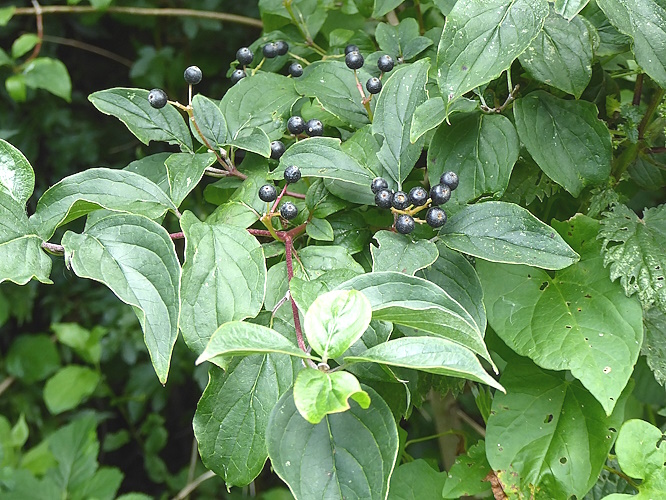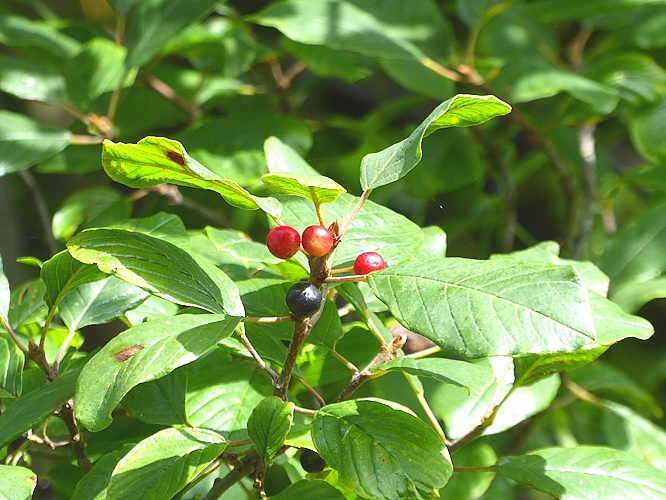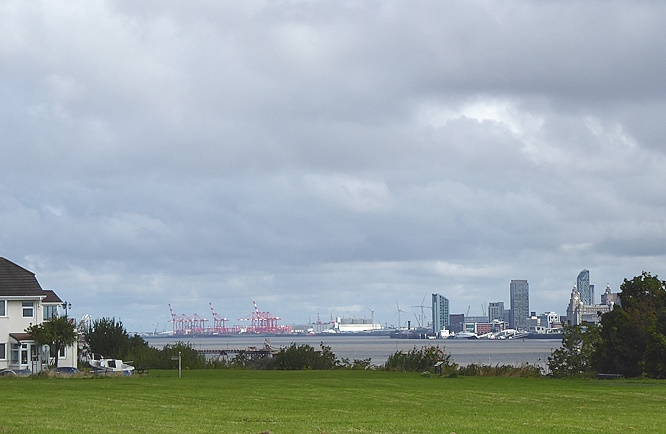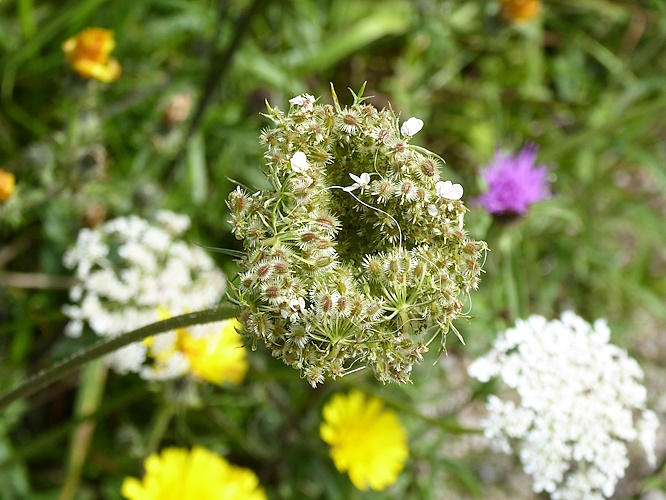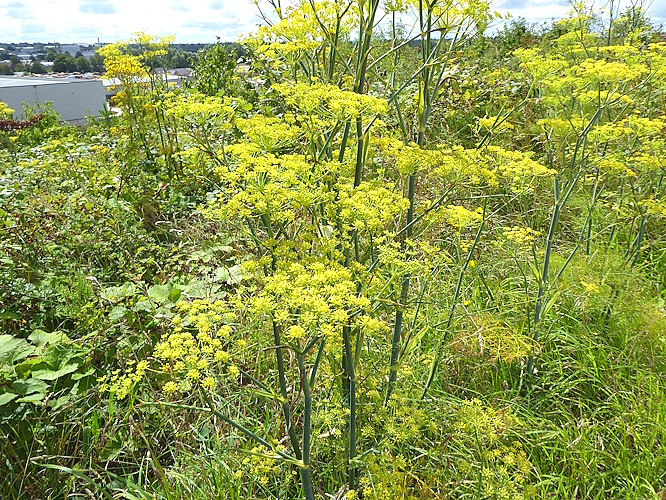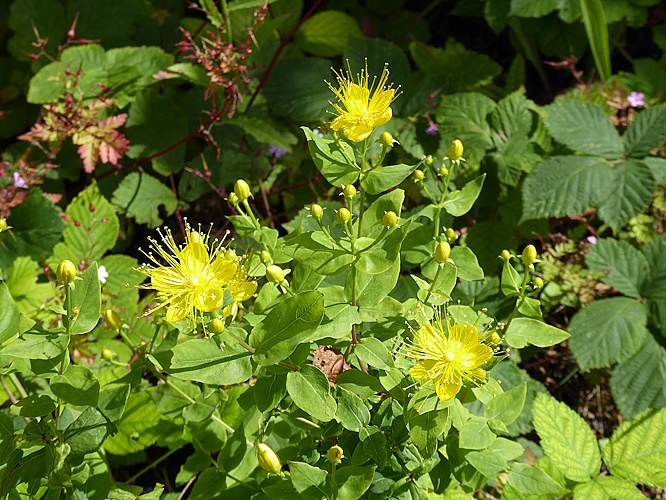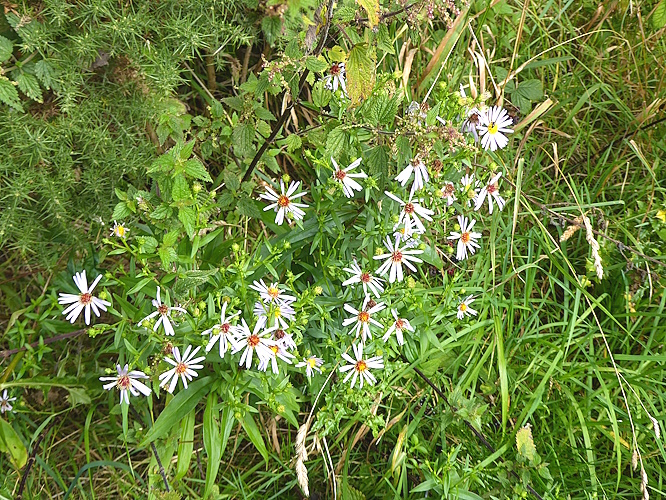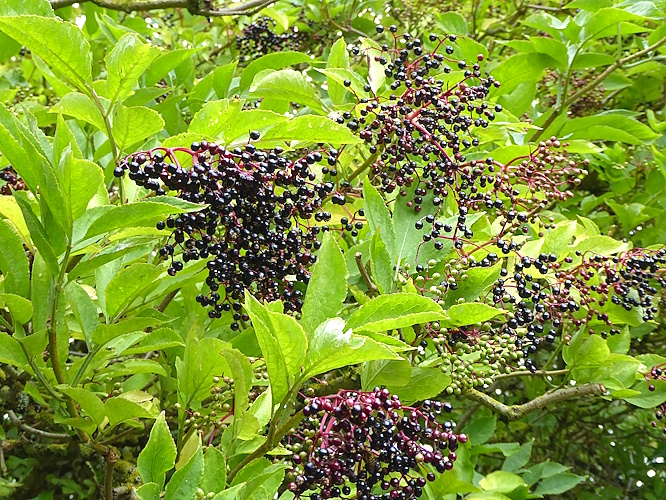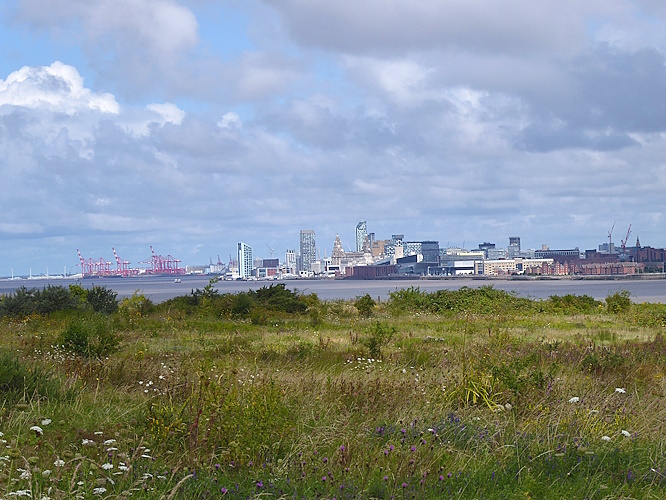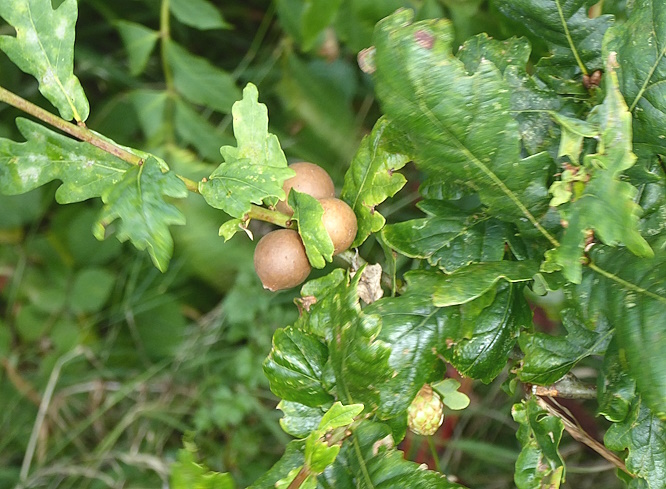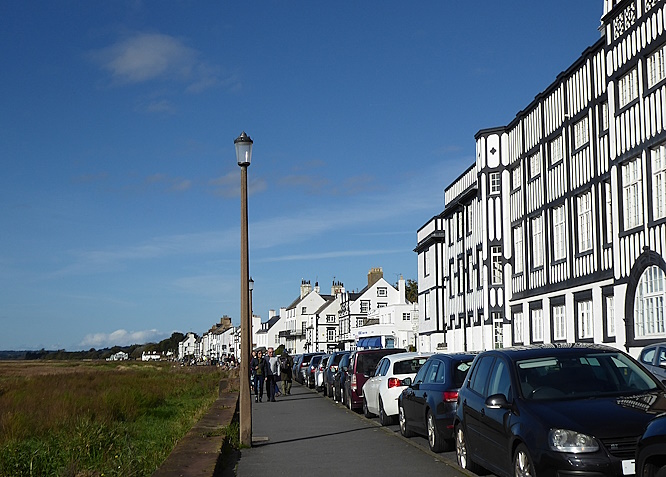
What a change after Storm Babet! It was dry and sunny with no wind, and the air was clear and sharp over the Dee Estuary to Wales. High tide wasn’t due until about 4pm, but it doesn’t come up high nowadays, not since the RSPB dug out some pools to cure the mosquito problem. It used to overtop the low sea wall at high water and flood the road. Some of the old houses on the front seem to indicate the size of flood they were once prepared for.
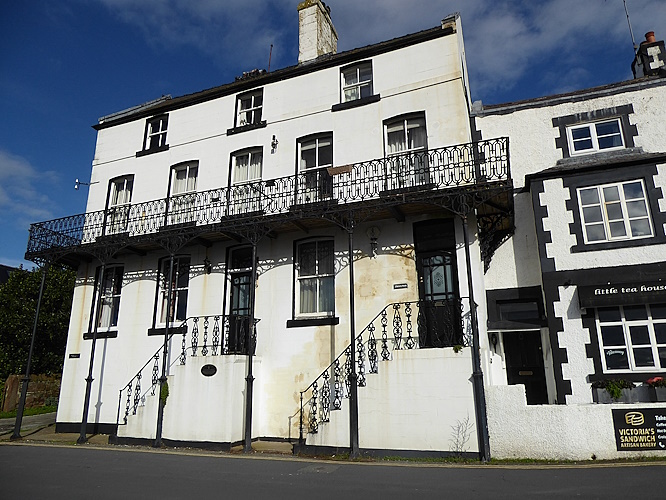
Within 20 yard of the bus stop we could see six Little Egrets, but we are getting blasé about them nowadays. They bred at Burton this summer, just down the coast, and this might have been that family. A man and his dog ventured onto the marsh and flushed a female Pheasant. Further out we spotted a Heron and possibly a Great White Egret flying by. In the pools were Mallards, a Moorhen, possibly Teal, Widgeon, Shovellers and some Geese, but they are just too far away to be sure. Many more birds are deep in the long vegetation, only visible when they fly up, like Lapwings and Starlings.
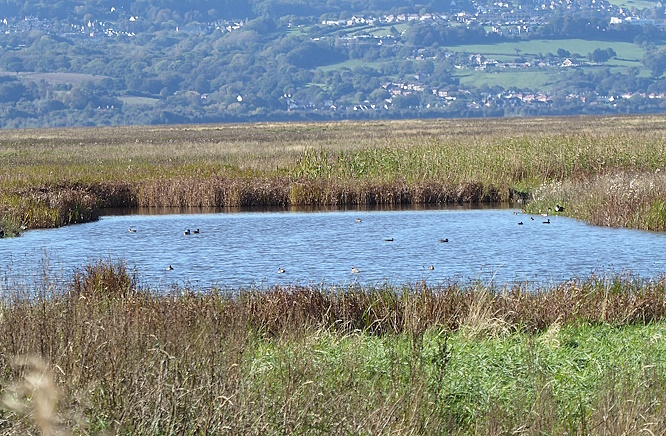
The advantage of the long grass and scrub growing up is the smaller birds it attracts. We spotted both male and female Stonechats and several Reed Buntings.
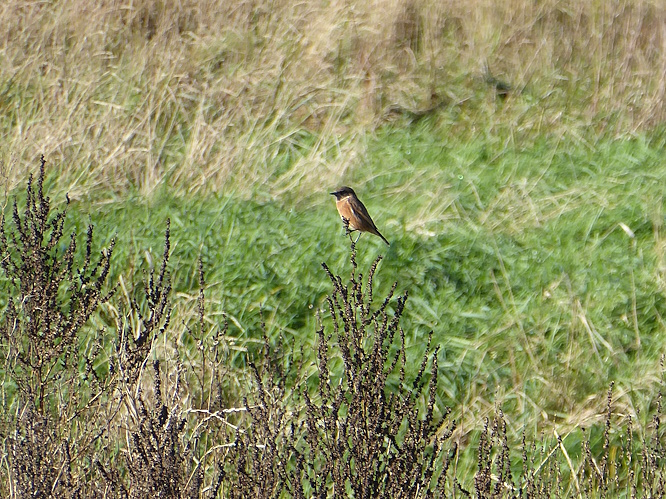
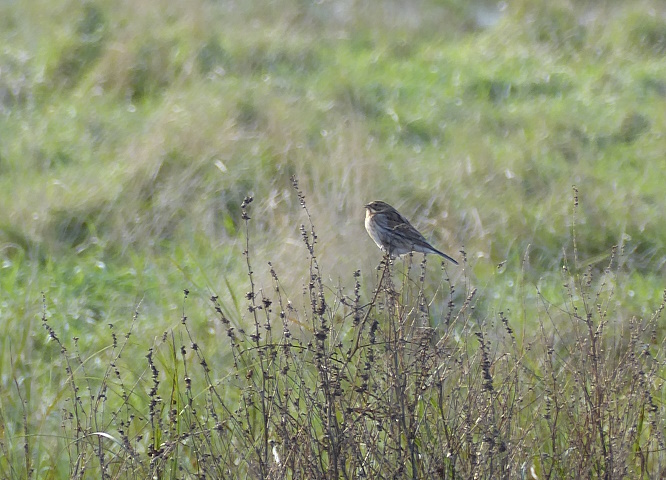
We lunched at the picnic tables at the Old Baths, pausing to admire the recently-installed hazel sculpture of a Short-eared Owl.
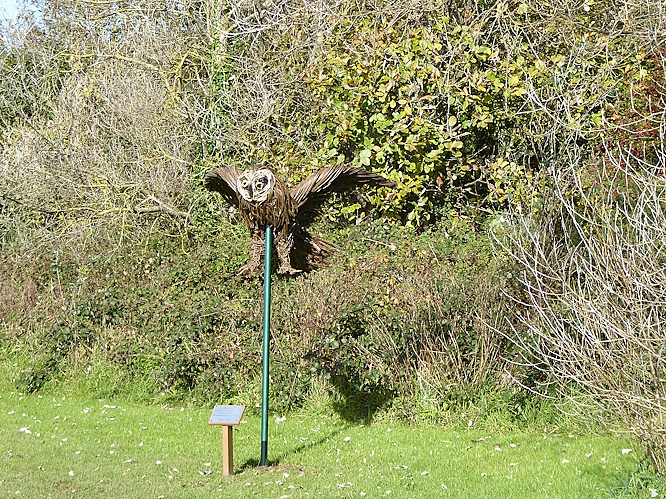
Just behind picnic area was a small broad-crowned tree with lots of red fruits. I think it’s a Broad-leaved Cockspur Thorn Crataegus persimilis ‘Prunifolia’, a North American species, usually planted in parks and gardens and rarely found growing wild. Had it been planted here, or had a bird dropped a seed?
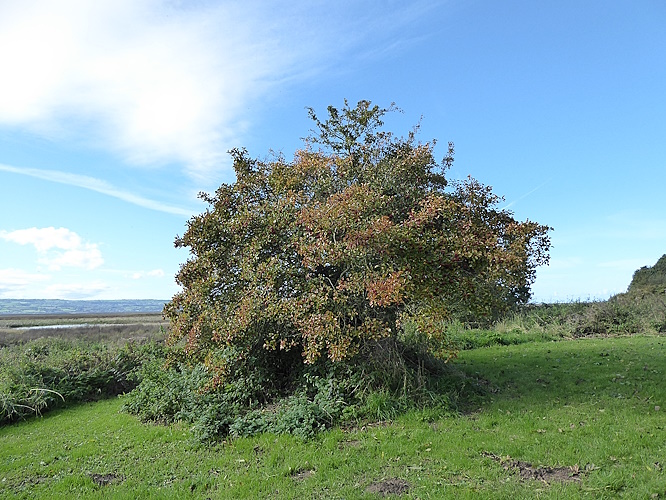
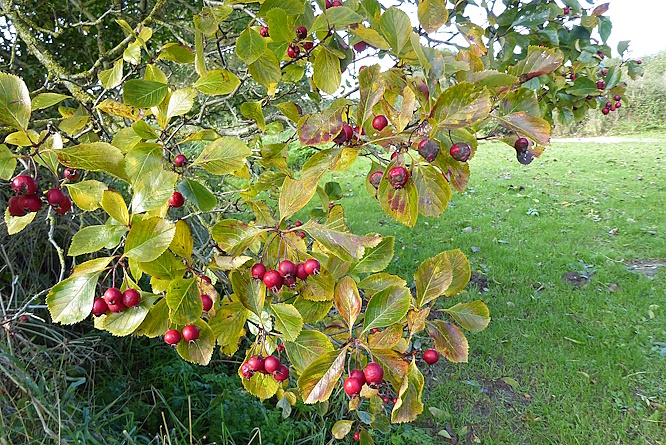
There appeared to be a Hawthorn growing through it, sticking out at the top and on one side around the back. The Hawthorn had the usual single seed in each Haw, while the fruit of the Broad-leaved Cockspur Thorn had two. None of my books says how many seeds there are supposed to be, to confirm the identification.
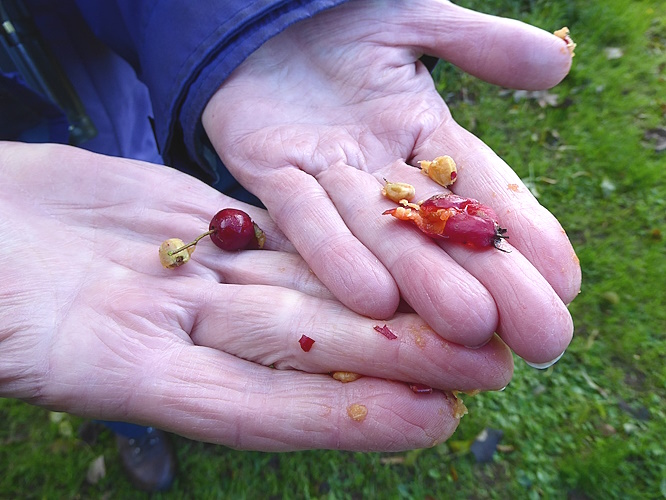
It was too nice a day to go home on the 1.30 bus, so we decided to stay until the 3.30. We walked up to the Wirral Way and then southwards, all around the back of the village. A few times we thought we spotted butterflies, too fast moving, but possibly a Red Admiral and a couple of Speckled Woods. The path was lined with new shoots of Alexanders and Cow Parsley, and this year’s Hogweed and Herb Robert were still in flower.
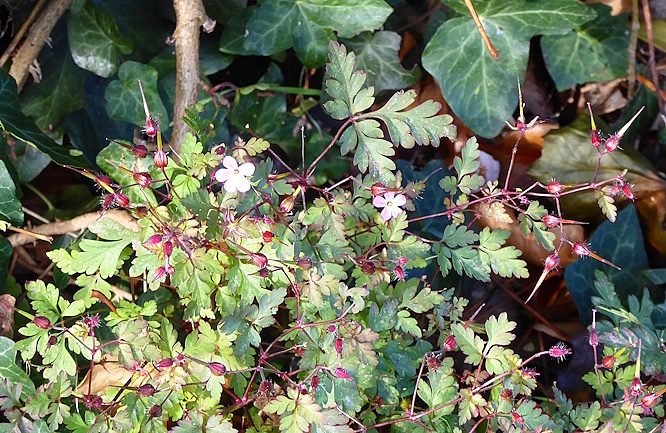
Despite the path being in an old railway cutting, it was dry underfoot, the old railway drainage system still functioning efficiently. Little waterfalls were babbling off the surrounding fields, into ditches and culverts, and flowing away who knows where.
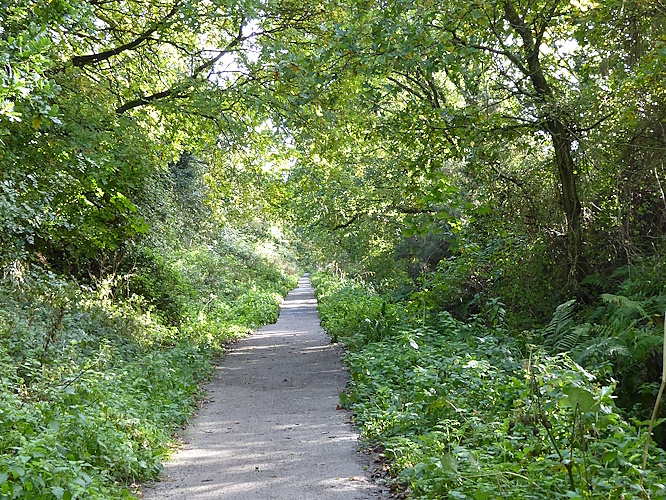
We had time for a cup of tea in a corner cafe before the bus home.
Public transport details: Bus 487 from Sir Thomas Street at 10.40 (10.25 but late), arriving Mostyn Square, Parkgate at 11.22. Returned on the 487 at 3.30 from Mostyn Square, arriving Liverpool 4.25

